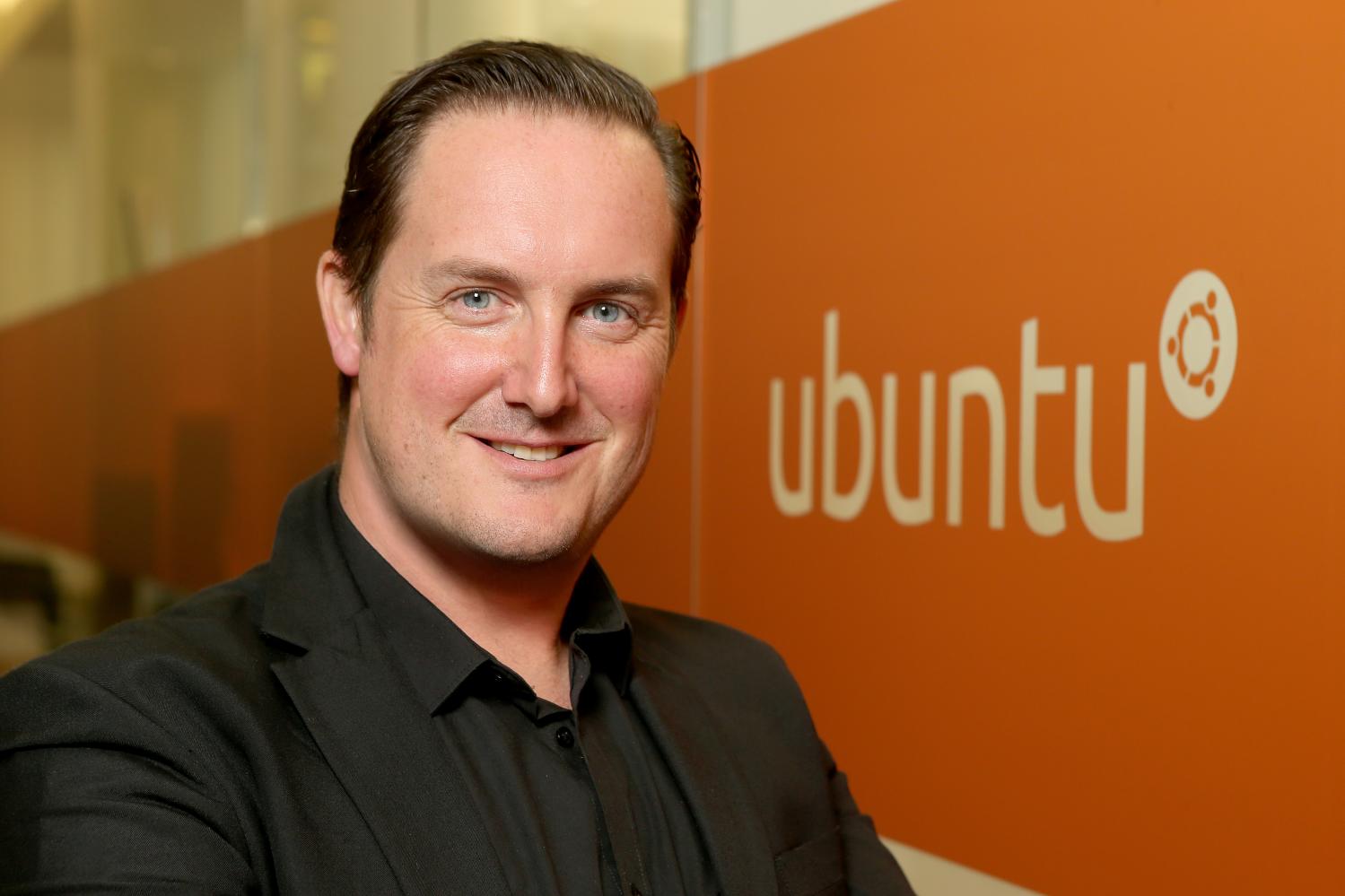The idea of ownership is outdated, says Jamie Bennett, VP of Engineering, IoT and Devices at Canonical. Within physical and digital spaces alike, businesses are turning to subscription-based offerings to better suit the demands of their customers – software is sold in installments; renting is the de facto scenario for a young, aspirational generation; and servitisation is transforming large-scale industries at pace.
Ownership once guaranteed value because people felt invested in what they had. But it also led to rigidity, a lack of choice, and reduced innovation. The explosion of new technologies in recent years – from big data to the Internet of Things (IoT) – has put ownership in an uneasy position.
Music is cited most frequently, with streaming services replacing song downloads – but the leasing of cars, energy bills, and even clothes has all been driven by a shared economy. As we approach a culture in which immediacy is more important than longevity, and macro-access reigns supreme, ownership becomes obsolete. There is no such thing as forever in today’s digital world; rather, consumers and businesses choose from annual commitments, monthly, or even on a per use basis.
From threat to future: the potential of subscriptions
At first glance, the plurality of subscription would pose a threat to the quality of products on the market. Don’t own your own house – then why invest in the best furniture? Unimpressed by your current security software, try another with a free trial thrown in.
Rather than just dilute, however, the sheer scale of choice has forced businesses to reassess how they offer their services. With commercial success increasingly linked to personalisation and a sense of reward, IoT – and the wealth of information that sits within connected devices – represents a rich area for businesses to capitalise on.
We may never own a bike, a book, or desk space again: singular business transactions will be replaced by an ecosystem of service-ship, measuring worth in terms of outcome, not products.
But IoT will provide the foundation for smarter services – a toothbrush, for example, will not just clean your teeth but measure dental hygiene over time; trainers will track fitness objectives as you go from A to B; and fridges will understand the smallest dietary requirements to become part of people’s ever-changing lifestyles. The potential for IoT to transform business models and open new monetary channels is almost limitless when every device is connected to the internet.
Individuals and industries: Wide reaching applications
Predictive maintenance, achieved through a web of connected sensors and nodes, will allow businesses to extend the life cycles of industrial devices, too. Tracking performance in near real-time will allow smart machinery and future autonomous fleets to feed into more bespoke and data-driven services.
By analysing the exact usage of a product, businesses can pay for only what they use, while providers can also benefit from recurring payments and an engaged customer-base. Identifying and fixing issues within a manufacturer’s supply chain before it comes to fruition, can enhance both the quality of products and reduce their downtime or costs.

Using farming as an example, previously tractors would sit in a barn for six months at a time, while farmers may buy equipment only for it to be used once. The amount of capital expenditure needed to invest in new farming equipment reduced the uptake in potentially transformative products – especially with no guarantee of return on investment.
With economic success increasingly tied to lowering marginal costs, time becomes as important as price in choosing a particular service. As such, the flexible monetisation model, or the anything-as-a-service that IoT enables, adds value to all parties who have entered into a subscription agreement, and encourages purchase at all levels.
The subscription economy has seen convenience and reliability replace ownership as the dominant market force. Customer-centric services are becoming more important to consumers than any individual product, while new forms of lean manufacturing mean collaboration is redefining industry supply chains and logistics.
As the end of ownership takes hold, connected devices will feed into an increasingly rich data ecosystem, potentially doing away with purchases all together. The data and analytics collected from IoT can help build complimentary services and richer insights on top of existing offerings. The product itself will always be there, but the end of ownership is how businesses optimise worth after first contact with their audience.
The author of this blog is Jamie Bennett, VP of Engineering, IoT and Devices at Canonical
Comment on this article below or via Twitter: @IoTNow OR @jcIoTnow










